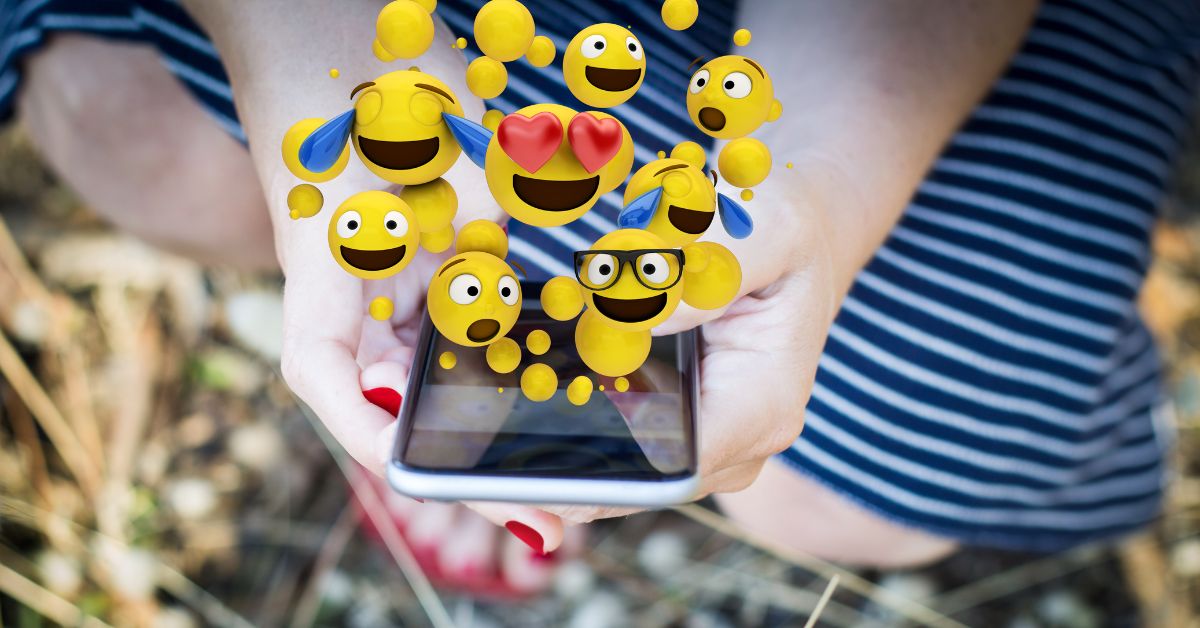Emojis have taken the world by storm after seeing huge popularity in Japan for decades. But they’re not for everyone, so how do you delete emojis on an iPhone?
You can’t delete emojis as they are part of the iPhone software, it would be like deleting letters of the alphabet. You can clear certain lists of them but this will also delete other important data so it is not recommended.
Let’s look at how to delete emoji lists from the iPhone as well as learn exactly how the emojis work and how they came to be in the iPhone.
How to Delete Unwanted Emojis on iPhone?
iPhones don’t offer the option to remove emojis individually. While this can mean that it becomes very hard to find the one you want, officially there’s no way to edit them down to a manageable list.
Sometimes you can try adding a 3rd party keyboard that may offer this functionality. This requires at least iOS 8.
You can try getting SwiftKey, GBoard, Grammarly or other alternatives from the App Store and see if they have the type of configuration options you’re looking for.
Apple has been getting feedback around the ability to delete emojis from the iPhone for many years, and they haven’t budged, so it doesn’t look like it’s going to happen anytime soon.
If you want to delete an emoji that you sent someone in a message, you can just long press on the message and delete it.
How Do You Delete Frequently Used Emojis on iPhone?
Frequently used emojis are populated by taking your most recently used emojis from messages, memos, comments and any other typed input and displaying them in the Frequently Used section for easy access.
However, while you can clear this list, it is not possible to delete the section completely.
Also, it is important to remember that while you can clear the Frequently Used list for emojis, this will also reset the keyboard’s dictionary settings, namely predictive text. This is not a big deal, as you can just reteach all these custom words.
Most people won’t have a huge list of custom words in their predictive text, but if you do keep in mind that you’ll be rebuilding over the next few weeks, so hold off on smashing that Send button too quickly before you’ve had a quick proofread.
Open the Settings app, find General and tap it, then select the ‘Reset’ and then Reset Keyboard Dictionary’.
You’ll be prompted to enter your passcode, and then have to tap on ‘Reset Dictionary’ to delete all custom words which will also reset the emoji list.
Why Do You Have Frequently Used Emojis You Haven’t Used?
If you’re certain you’ve never used them, it could be syncing the emojis over an iCloud account that other people have access to, like a shared computer.
Emojis are also generated based on words you type, so even if you don’t specifically use the emoji menu, words like heart, love and others will cause them to populate the frequently used list.
Keep in mind that iOS will also attempt to fill in the empty emoji lists with random emojis so that there is not just a big blank space.
How to Remove Recent Emojis on iPhone?
Removing the list of recent emojis is the same as resetting the frequent list, you have to reset your keyboard’s settings completely, losing other data such as your predictive text suggestions.
What Was the First Emoji on iPhone?
Emojis on the iPhone actually were first released in Japan in 2008.
Emojis (lit. picture characters) themselves were created by Japanese designer Shigetaka Kurita, who was working for cell phone behemoth NTT in Japan. This was back just before the year 2000 and emojis soon exploded in popularity.
In fact, they became so big that when the first iPhone models started being made available to the Japanese market, the uptake was so bad primarily because the emojis that so many Japanese cell users came to love couldn’t be used on the iPhone.
Apple soon realized the error of its ways, and released an update in November 2008 that made emojis available for the Japanese market only. It was possible to get some third-party apps that would unlock the emojis for the global market, but this was unofficial.
Eventually, Apple relented and released the emojis worldwide, although this was partly as it took some time for them all to be put into Unicode. Due to this time lag, many people still think that the emojis were from the app and not already in the iPhone software.
There wasn’t the first emoji on the iPhone per se, but a set of 471 was initially released. This list has been expanded and updated over the years, particularly the resolution has been updated to deal with the ever increasing technology of the iPhone itself.


